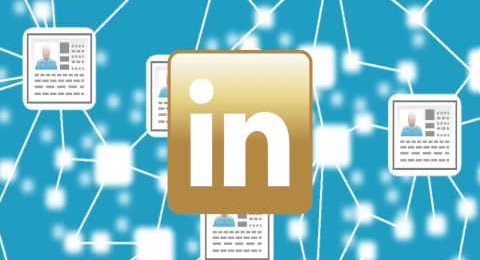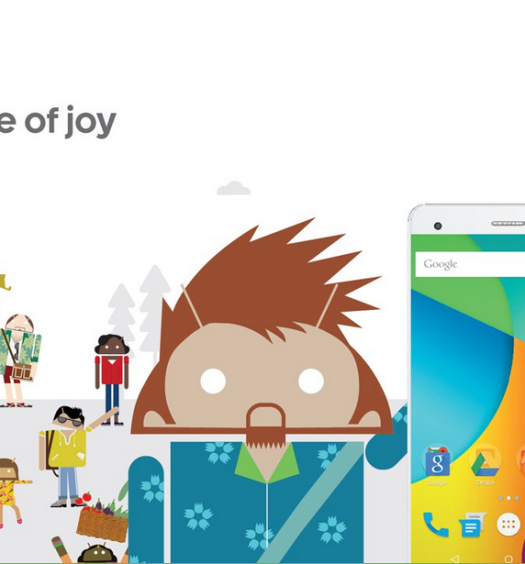How could have Linkedin missed out on this obvious Indian job search pattern?
India has been one of the fastest-growing markets for LinkedIn in terms of users. The company says the number of users from India has grown 10 times in six years to 35 million members and the country is its second-largest market after the US.
Linkedin, in its local strategy, also recently launched three “Made in India. Made for India” products that solve unique problems inherent in the Indian market.
- Linkedin Lite to address the issue of slow internet connection,
- Linkedin Placements to find jobs for students straight out of professional courses
- Linkedin Starter Pack which is talent & marketing solutions for small businesses
Having said all of the above, Linkedin has ignored one basic observation on Indian job search pattern.
Which is,
I want to keep my job search activity private
Linkedin earns its revenue from three main channels. These are :
- Marketing & advertising solutions for businesses
- Talent finding & recruitment solutions
- Premium Job Seeker subscriptions (This accounts for around 20% of total revenue)

In my opinion, a very key feature that is missing from the above Job Seeker product USPs is the assurance that your “job search activity on Linkedin is private”
Linkedin’s success in India has led to a massive adoption of the platform both by job seekers, job providers, head hunters, sales professionals and marketers.
Which means that my Linkedin is in its truest sense my professional social network where I am connected to my colleagues, my HR and even my boss. This makes it all the more relevant for Linkedin to make the provision of keeping one’s job search activity private and giving the control to the user.
While there are a lot of organizations and working professionals in India who are now being open and mature about having this conversation openly, there is still a stigma attached to being available in the job market while you are still employed.
There is also no concept of sabbaticals where you take time off before you start search for your next job. In fact, frequent breaks between jobs is often seen as minuses on CVs by Indian recruiters.
A majority of job switches also happen in the months of March – June which is the time when performance appraisals happen for India Inc and both job seekers and recruiters are active on the platform. These months therefore become key months for Linkedin to increase revenue by driving more of Linkedin Premium Job Seeker subscription.
All of the above basically means that people find jobs when they are still employed.
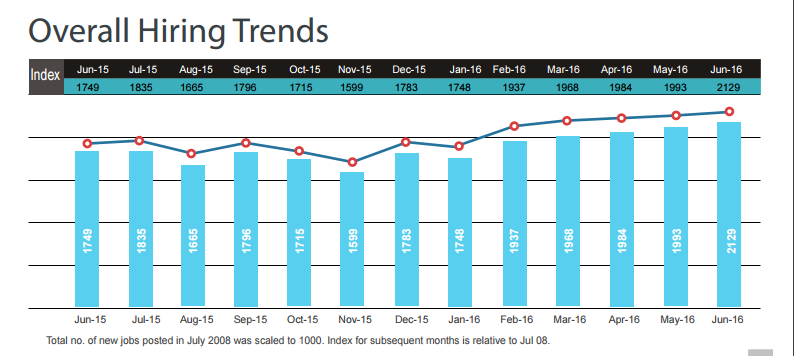
You may now ask, but where is the problem? How is Linkedin exposing that I am looking out for a job to my connections?
The Golden “in” problem
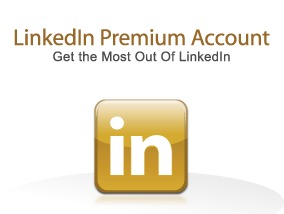
Linkedin based on your activity will keep asking you to upgrade your account from basic to premium to enable multiple job seeker features as mentioned above. As an active job seeker you may also want to upgrade your account to premium. However, along with the job seeker premium features, a golden “in” will also come attached to your profile, telling the world that you’re using a premium Linkedin account.

This according to me for any regular Linkedin user is a dead giveaway that the other premium user is looking out. I have more than 500 connections but I have never seen anyone in my list use a premium account unless they are in the top management/hiring manager or they are recruiters themselves.
Linkedin Premium features gives 4 different use cases to use it.

While it makes a good pitch for all the use cases, I feel the “land your dream job” use case becomes a little weak because of lack of privacy assurance. The golden “in” will definitely be a deterrent for those users who have active HRs and bosses in their connections and would want to avoid uncomfortable questions about their career plan.
Linkedin does give us an option to block certain users but that is also not ideal because this is what happens when you block someone.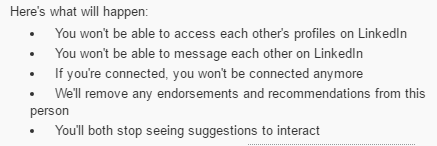
Which is inconvenient and not ideal.
In the end, I would want to say that the golden “in” is not adding much value to the user who has it. Especially when job hunt and job search are spoken in hushed tones, the easily accessible fact that you’re a premium user on Linkedin will only deter users from taking it. Which might lead to some loss in revenue for Linkedin.
There is demand for these job seeker services in the market as a fraction of Naukri revenue also comes from their Naukri Fast Forward business which is their value added services for job hunting candidates.
Naukri offers most of the services that Linkedin does but keeps everything under the wraps.
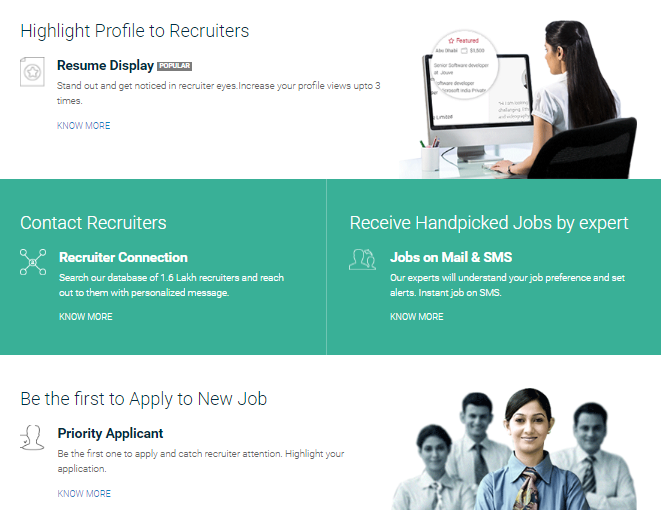
All of this is because of one universal truth, good or bad employees will keep hunting for jobs and opportunities while their managers and HRs will keep coming up with new ways to retain them. All this co-exists till the time everyone is living in denial however things can get uncomfortable for a lot of people once it’s out in the open.
Will leave you with the Naukri ad that works on the above observation that employees will have opportunities and recruiters will find out ways to retain but everything will happen without one knowing about the other.
https://www.youtube.com/watch?v=LIWs173rEv4

